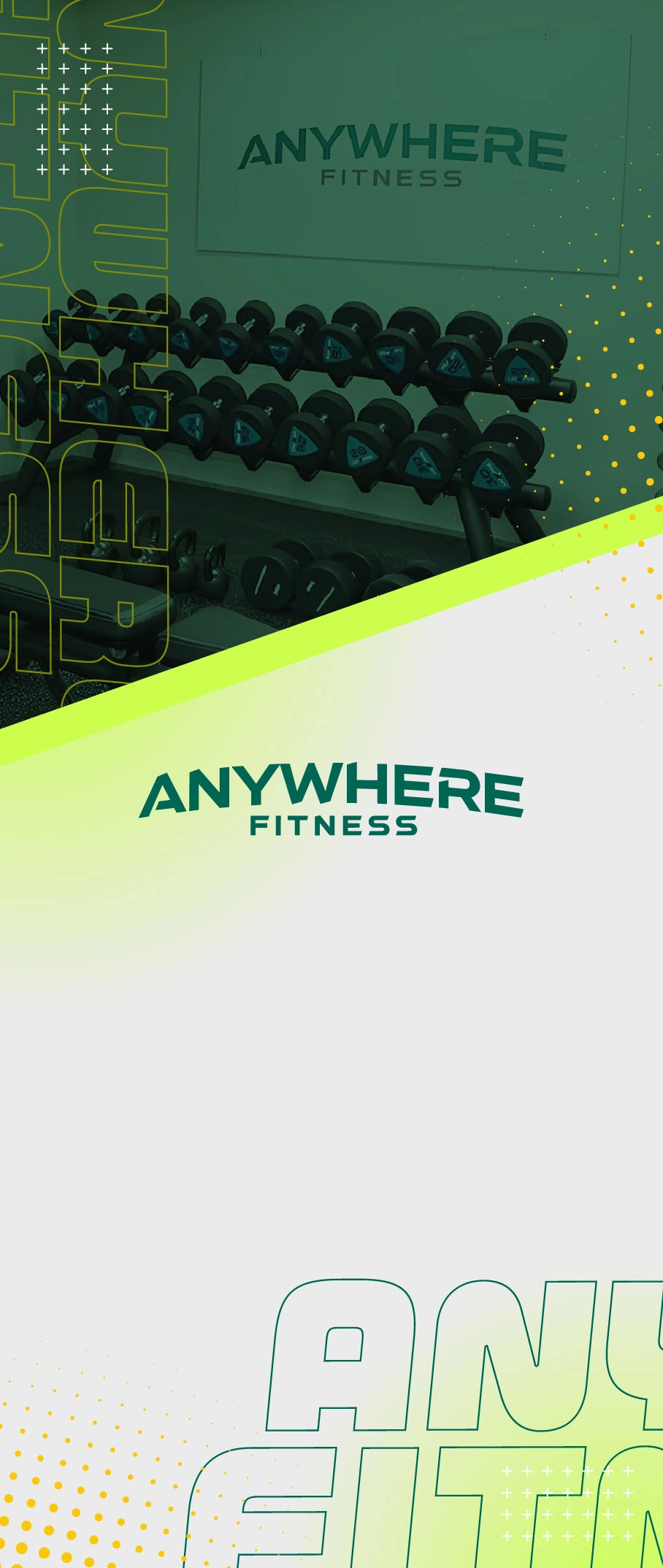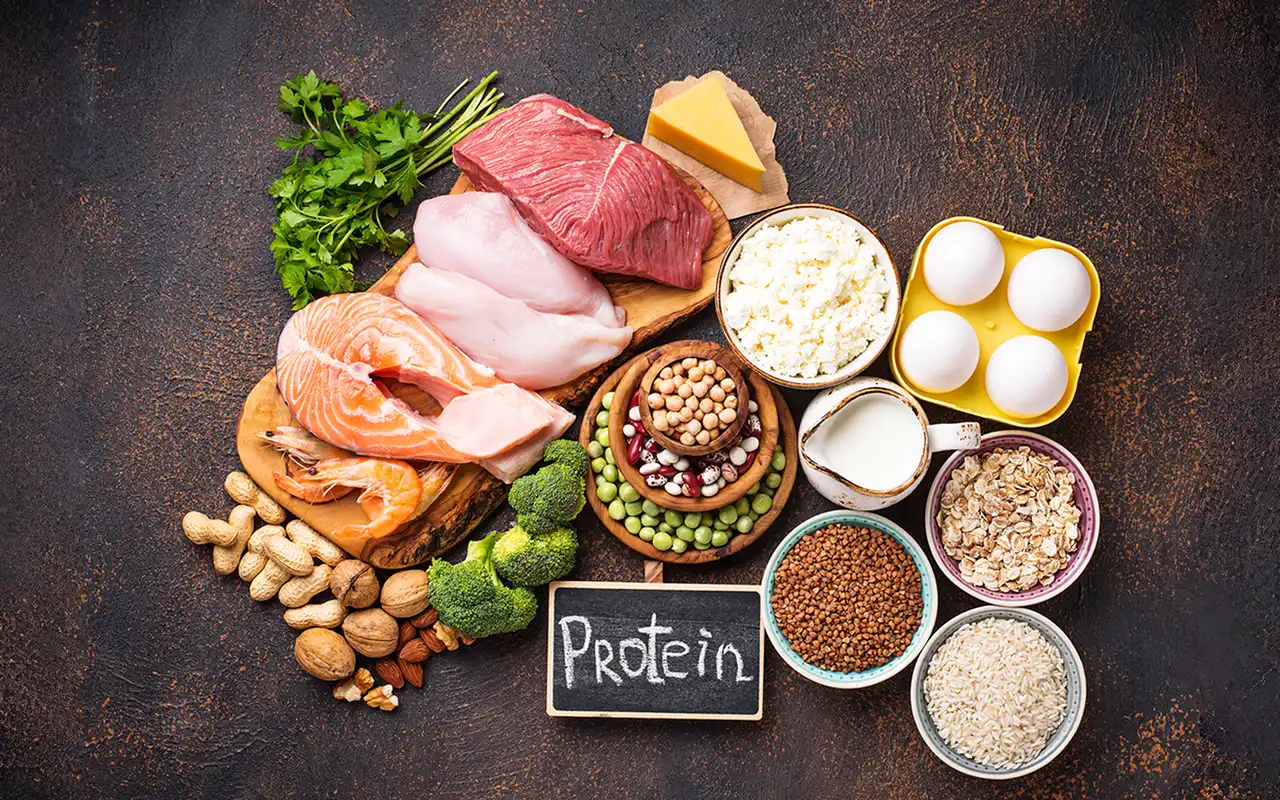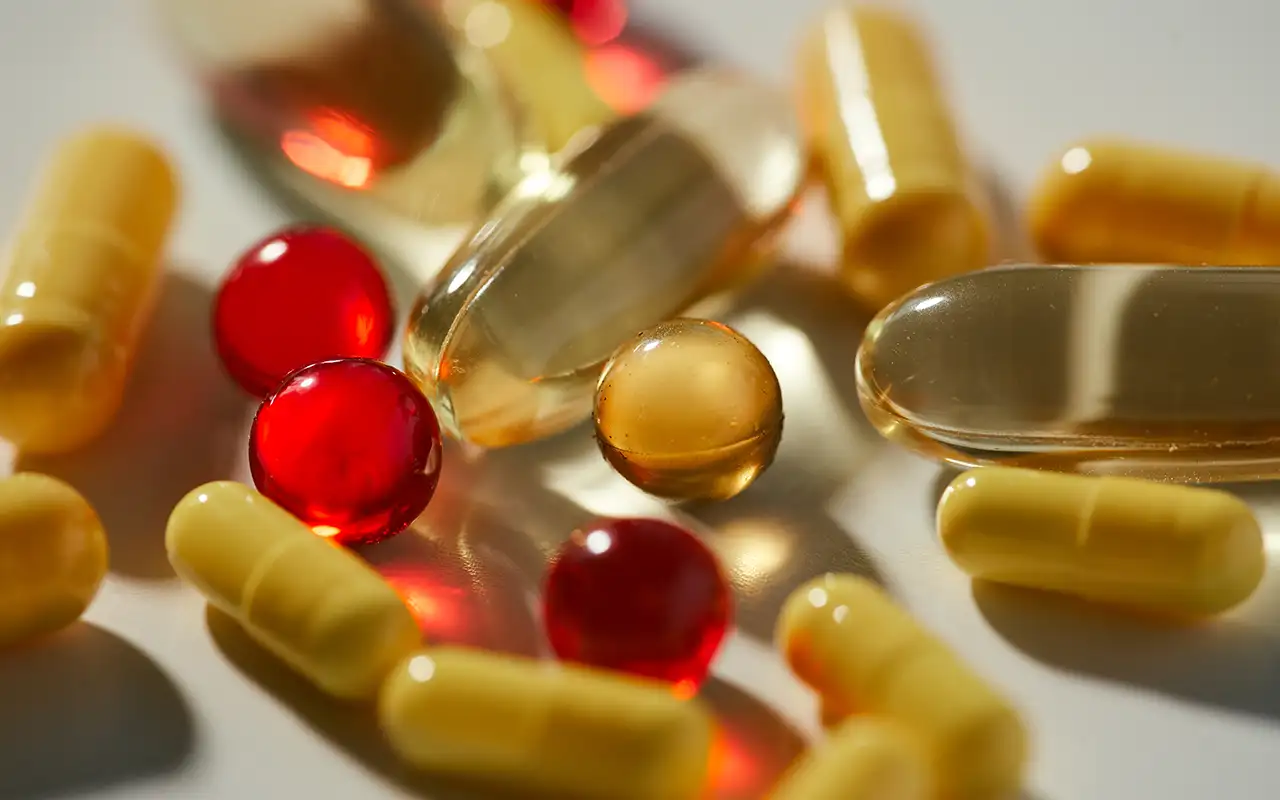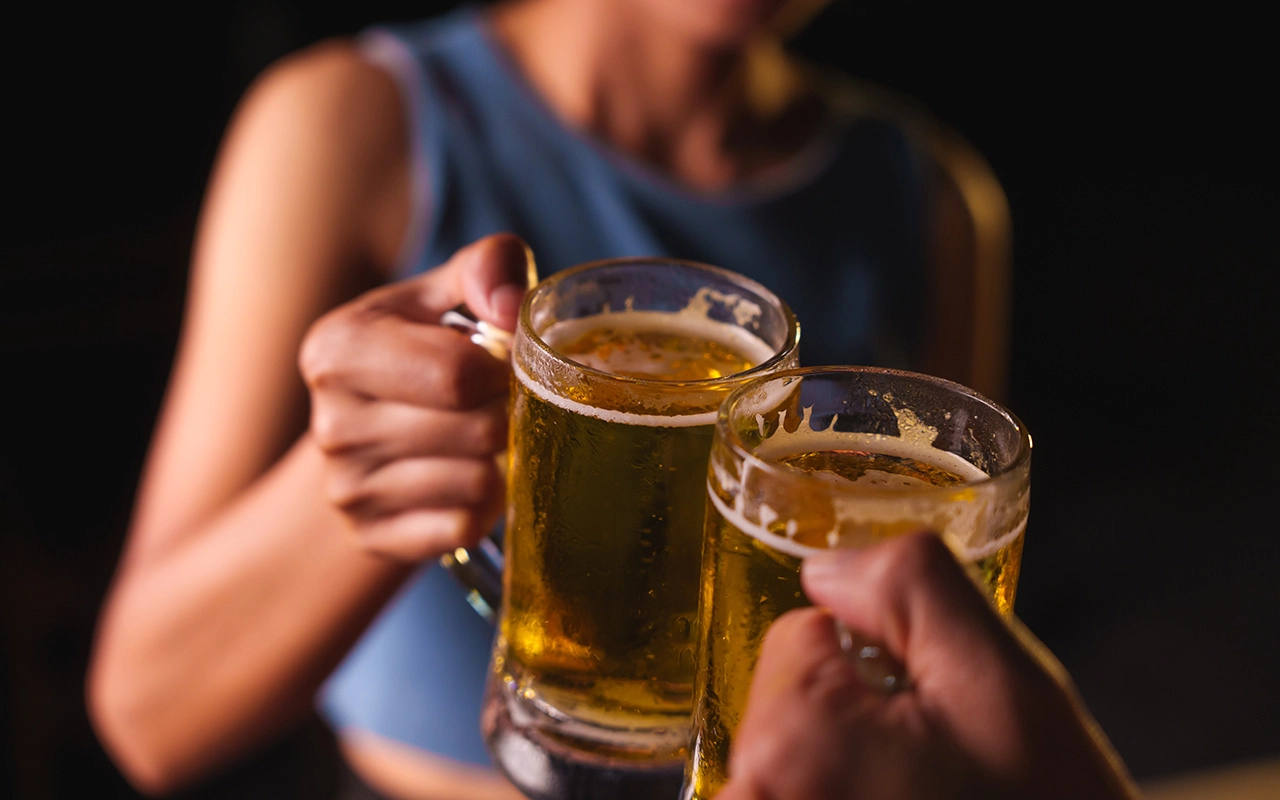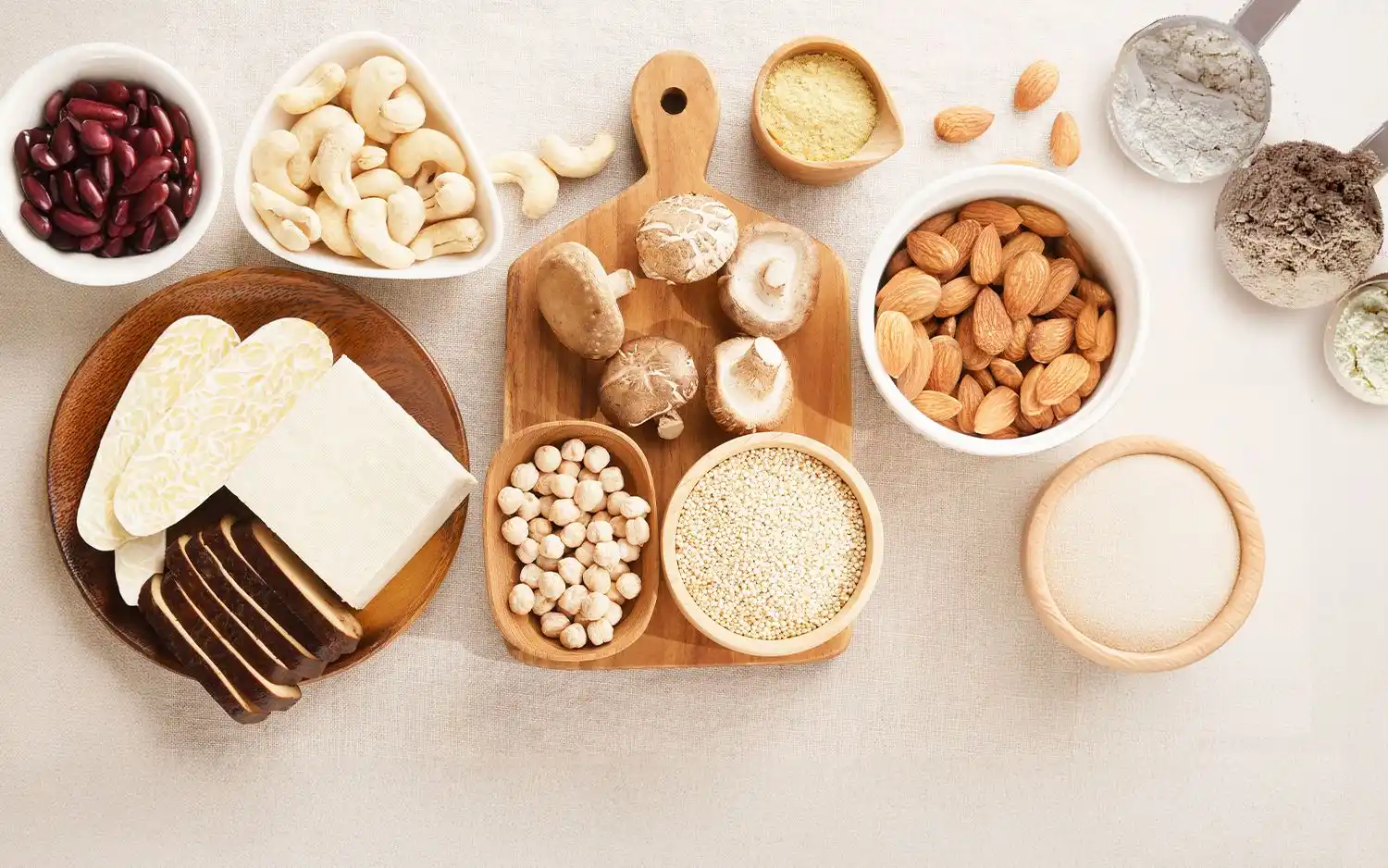Protein is essential for muscle training and maintaining health. The ideal daily intake is 1.6–2.2g per kg of body weight (for example, for someone weighing 70kg, it would be 112–154g/day), but it can be surprisingly difficult to achieve this through diet alone. Therefore, the best approach is to combine meals with protein supplements smartly. The ideal ratio to aim for is a “7:3 meal-to-protein” balance.
Basic Rules for Protein Intake
| Item | Guideline |
|---|---|
| Daily Requirement | For muscle training: body weight × 1.6–2.2g, for general health: body weight × 1.0–1.2g |
| Upper Limit per Meal | 20–40g (the optimal absorption range) |
| Timing | Within 30 minutes after training + at least 20g per meal |
| Protein Quality | Animal-based (high PDCAA score) + plant-based for balance |
Comparison of Food vs. Protein Supplements
| Food | Protein (approx.) | Benefits | Drawbacks |
|---|---|---|---|
| Chicken Breast (100g) | 23g | Low in fat, rich in vitamin B6 | Preparation time |
| Egg (1 piece, 50g) | 6g | Complete nutrition, biotin | Cholesterol (no need to worry) |
| Natto (1 pack, 40g) | 7g | Fermented for better absorption, fiber | Smell, sodium |
| Canned Tuna (in water, 70g) | 15g | Convenient, DHA | Salt content (choose unsalted) |
| Protein Powder (1 scoop, 30g) | 20–25g | Quick absorption, portable | Flavor preferences, lactose intolerance |
Sample Daily Plan (70kg, Muscle Training Goal: 140g)
| Timing | Meal Example | Protein | Protein Supplement |
|---|---|---|---|
| Breakfast | 2 Eggs + Natto + 100g Yogurt | 25g | – |
| Snack | Protein Shake (200ml milk) | – | 25g |
| Lunch | 150g Chicken Breast + Rice + Vegetables | 35g | – |
| Post-Workout | Protein (water-based) + Banana | – | 25g |
| Dinner | 100g Salmon + 150g Tofu + Miso Soup | 30g | – |
| Total | 90g | 50g | |
| Golden Ratio | Meal 64% : Protein 36% |
Choosing the Right Protein (2025 Update)
| Type | Characteristics | Recommended Use |
|---|---|---|
| Whey (WPI/C) | Fast absorption (30 min to 1 hour) | Post-workout |
| Casein | Slow absorption (6–8 hours) | Before bed |
| Soy / Pea Protein | Plant-based, helps with satiety | During weight loss |
| EAA-Enhanced Protein | Contains all 9 essential amino acids | During training |
Recommended stores (for Tokyo residents):
-
iHerb (international shipping, affordable)
-
Costco (bulk whey)
-
Drugstores (look for sales on MyProtein)
Practical Tips for Tokyo Life
-
Using Convenience Stores
-
7-Eleven: Salad Chicken (23g)
-
Lawson: Protein Bar (15g)
-
-
Incorporating Protein Into Meals
-
Oatmeal + Protein + Milk → High-protein Porridge
-
Protein + Tofu + Miso → Instant Soup
-
-
Absorption Boosting Tricks
-
Protein + Carbs (Banana, Rice Ball) → Insulin to enhance absorption
-
Vitamin C (Lemon Juice) → Boosts iron absorption (especially for women)
-
Conclusion: Achieving “140g Protein” with Ease Through Diet and Protein
“Use meals for quality, and protein for quantity.”
-
Breakfast, Lunch, and Dinner: Each meal with 25–35g protein
-
Post-Workout + Snacks: 25g protein × 2 times
-
Use an app to track progress (MyFitnessPal) → Reach 100% of your goal
Preparation for Immediate Action:
-
Keep chicken breast, eggs, and natto in your fridge.
-
Place a protein shaker at work.
-
Stock up on convenience store salad chicken once a week.
With 140g of protein, gaining +0.5kg of muscle in a month is within reach. Next, try specific recipes (e.g., high-protein breakfast with added protein)!




